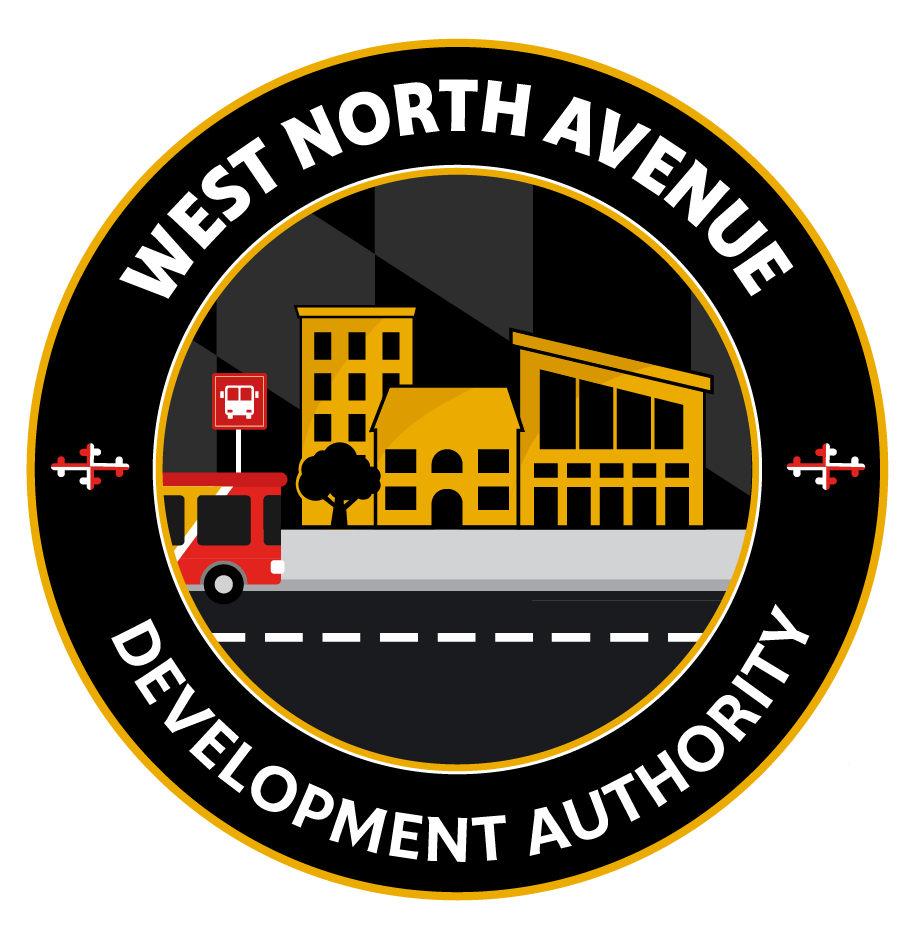MEDA Members’ Corner: Steven Skerritt-Davis

Steven Skerritt-Davis, Deputy Director, Maryland State Arts Council
Explain your background in economic development
Primarily, my background is in the arts, and my education in economic development was a sort of accidental/trial-by-fire. I was a professional ballet dancer for ten years after high school then earned my bachelors before starting my second career in arts administration. While working for a dance presenter and residency site before joining MSAC, I helped spearhead the organization’s move from Rockville to upstate New York where they renovated an old lumberyard into a theater and artist live/work space. There I worked with local officials and support from Empire State Development to incorporate that project into the Town of Catskill’s overall revitalization efforts. That set me up with some practical skills that I’ve used in my current role.
What are your key priorities within your current position?
Currently, my work intersects most directly with economic development in my role overseeing Maryland’s Arts & Entertainment Districts designation program. My role is really about getting leaders on the ground in the 29 designated districts across the state the resources they need to effectively manage their districts to meet local economic development goals. Those resources are monetary, technical, and professional development support. Beyond that, I want to champion the work of A&E District managers and foster a collegial learning community among them. They are all strong leaders with immeasurably valuable local expertise and incredible ideas. They have so much to teach one another. I want to facilitate that sharing.
Does one particular project spark your excitement? If so, describe it below.
I’m really excited by conversations about how to mitigate or lessen the negative effects of gentrification. Or, to put it another way, I’m excited by conversations that center ensuring that existing community members benefit from economic development efforts in an area. I see this intention in two of the more recently designated districts – Easton and Pennsylvania Avenue Black Arts District – as well as efforts in some of the oldest districts, like Station North in Baltimore and Gateway in Prince George’s county.
What professional pressures keep you up at night?
Just the pressure I put on myself to make sure that my work is resulting in artists, arts leaders, and A&E District managers on the ground getting the resources they need to meet their goals.
What attributes are unique to your community?
When I think about the districts, each one is so unique! From the diversity and interesting history in Baltimore’s Highlandtown district to the small town charm of Berlin and Snow Hill in Worcester county to the innovation we’re seeing in Garrett County’s two districts – Oakland and Grantsville – moving in-person events to online platforms to ensure that artists in those districts have visibility and are able to market their work through the pandemic.
What are your locality’s top three “selling points” for future growth?
For the A&E Districts program, I’d say each district’s unique character (more specifically, how each is an asset to the state’s ability to attract businesses, tourism, and investment), local leaders’ recognition of the power of the arts and their investment in them as an economic development tool, and available tax incentives.
If you could wave a magic wand, what would you want to work with MEDA on to move Maryland forward?
I’d like to see the arts play a major role in every economic development plan and project in the state.



